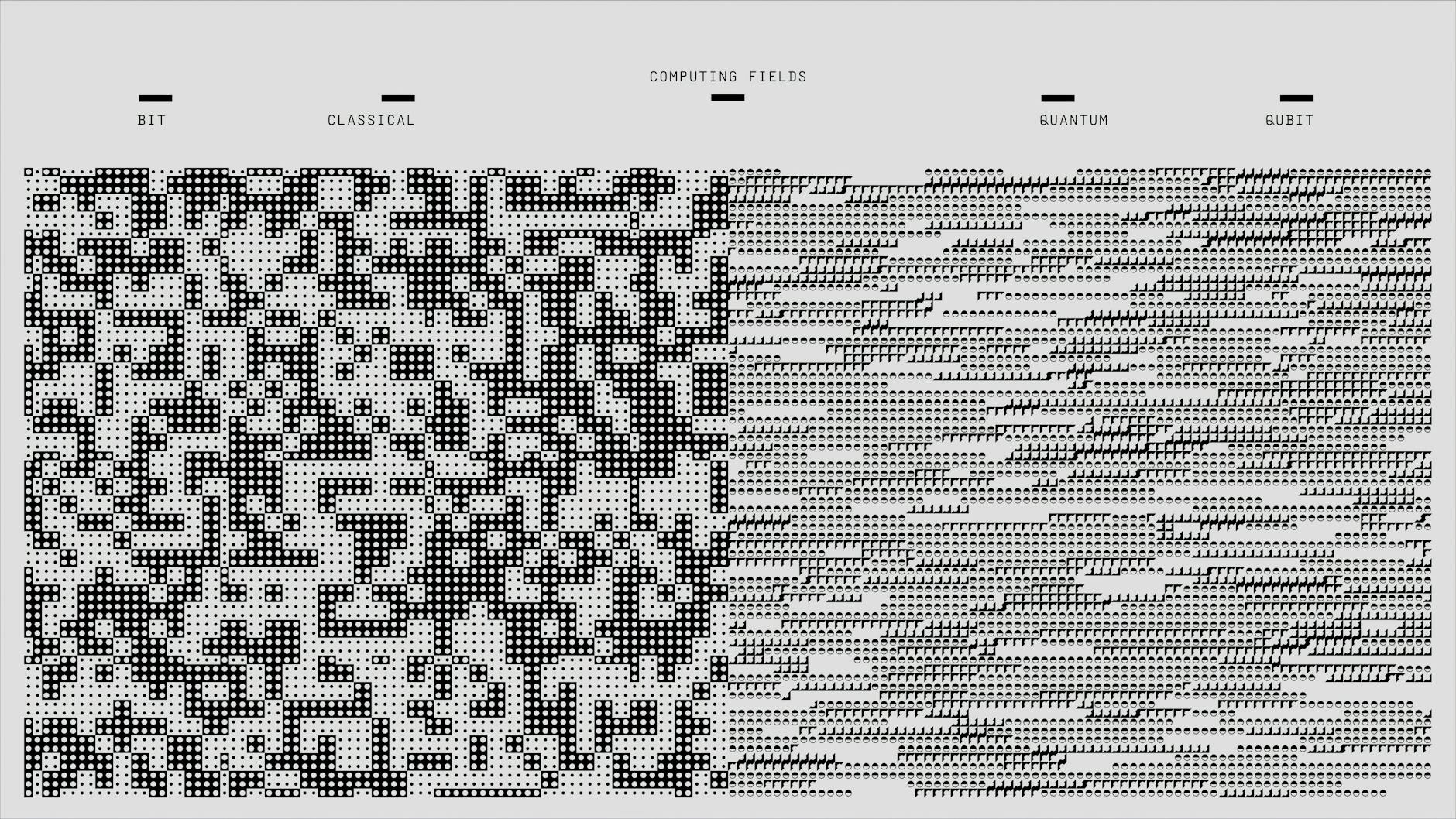Quantum Computing Milestone Achieved: A Step Forward or a Glimmer in the Dark?
Researchers Report Quantum Advantage in New Experiment, Sparking Debate on Practical Impact
A recent announcement from researchers claims another significant step in the quest for powerful quantum computers, with a device reportedly performing a calculation at speeds that dwarf even the most advanced conventional supercomputers. The achievement, detailed in a report from New Scientist, involved a quantum computer utilizing particles of light to solve a specific problem in mere microseconds – a feat estimated to take trillions upon trillions of years for today’s most powerful classical machines. This development, often referred to as “quantum advantage,” reopens discussions about the future potential of quantum computing and its practical implications.
Defining Quantum Advantage: A Shifting Goalpost?
The concept of “quantum advantage” signifies a point where a quantum computer can perform a task that is practically impossible for even the most powerful classical supercomputers. This is not about quantum computers replacing everyday computers for tasks like email or word processing. Instead, the focus is on solving highly complex, specialized problems in fields such as drug discovery, materials science, financial modeling, and cryptography.
The specific calculation reported involved sampling the output of a random quantum circuit. While this type of problem is designed to showcase the unique capabilities of quantum hardware, its direct real-world utility remains a subject of ongoing debate within the scientific community. Critics often point out that these demonstrations, while technically impressive, may not immediately translate to solutions for pressing industrial or societal challenges.
The Technology Behind the Achievement
This latest advancement utilized a quantum computer based on photons, or particles of light. These systems offer a different architectural approach compared to other quantum computing platforms, such as those based on superconducting circuits or trapped ions. Photonic quantum computers have the advantage of operating at room temperature and can leverage existing fiber-optic infrastructure. However, they can also be more susceptible to noise and decoherence, which are challenges in maintaining the delicate quantum states necessary for computation.
The precise details of the calculation and the verification of its quantum advantage are subject to rigorous scientific scrutiny. As with previous claims of quantum advantage, independent verification and replication by other research groups are crucial for solidifying the significance of the achievement. The underlying computational problem, while complex for classical systems, is often a carefully selected benchmark rather than an immediate practical application.
Weighing the Potential and the Practical Hurdles
Proponents of quantum computing see milestones like this as evidence of accelerating progress towards fault-tolerant quantum computers capable of revolutionizing various industries. They envision breakthroughs in areas such as developing new medicines by simulating molecular interactions, creating novel materials with unprecedented properties, and optimizing complex logistical networks.
However, a significant gap remains between these early-stage demonstrations and the realization of widespread practical applications. Challenges include scaling up the number of qubits (the basic unit of quantum information), improving error correction to maintain computational integrity, and developing robust quantum algorithms. Many experts caution that the timeline for commercially viable quantum computing solutions is still uncertain, with some predicting it could be years or even decades away.
What This Means for the Future of Computing
The reported quantum advantage, regardless of its immediate practical utility, contributes to the growing body of evidence that quantum mechanics can be harnessed for computation. It signals continued investment and research momentum in the field. For businesses and researchers, staying informed about these developments is important, not for immediate adoption, but for understanding the long-term trajectory of technological advancement.
The development also highlights the need for continued investment in both quantum hardware and software, as well as the training of a quantum-ready workforce. As quantum technology matures, the ability to translate theoretical capabilities into tangible solutions will be paramount.
Key Takeaways for a Developing Field
- A quantum computer using light particles reportedly achieved a calculation in microseconds that would take supercomputers eons.
- This achievement is termed “quantum advantage,” signifying a computational task beyond classical capabilities.
- The specific task demonstrated is a benchmark, and its immediate real-world applications are still under discussion.
- Quantum computing holds significant long-term potential for fields like medicine, materials science, and cryptography.
- Major hurdles remain in scaling, error correction, and algorithm development before widespread practical use.
Monitoring Progress in Quantum Computing
As the field of quantum computing continues to evolve, it is advisable for interested parties to follow developments from reputable scientific institutions and peer-reviewed publications. Understanding the nuances of these advancements, including the specific problems being solved and the ongoing challenges, is key to forming an informed perspective on the future of this transformative technology.


























